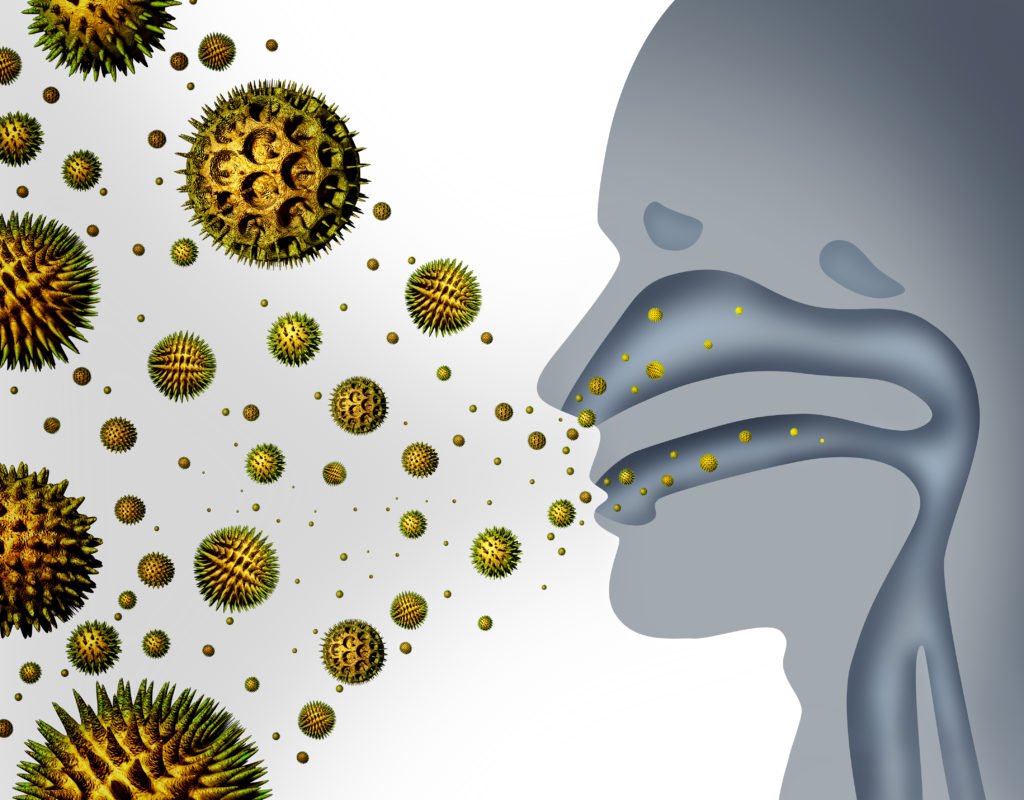
Headaches are a universal experience ranging from a dull ache to a throbbing vice grip. While they disrupt daily life, not all headaches are created equal. Understanding the type of headache you’re experiencing is crucial for chasing it away effectively.
The Headache Landscape:
Tension Headaches
These are the most common and are characterised by a dull, pressing sensation on both sides of the head. Stress, dehydration, and poor posture are frequent triggers.
Migraines
Migraines are intense, often accompanied by nausea, vomiting, and light sensitivity. They can be throbbing or pulsating and last for hours or even days. Triggers usually include hormonal fluctuations, stress, and certain foods.
Cluster Headaches
These are less frequent but extremely painful. They affect one eye and cause facial flushing, tearing, and a runny nose.
Sinus Headaches
These feel like pressure and pain in the forehead, cheeks, and behind the eyes. They are caused by inflammation of the sinuses and are often accompanied by facial congestion and a runny nose.
Chasing the Culprit:
To effectively chase headaches, identifying the type and triggers is critical. Here’s what you can do:
- Diary: Track the frequency, location, duration, and severity of your headaches. Note potential triggers like stress levels, medications, sleep patterns, and food intake. This information is invaluable for your doctor in diagnosis and treatment planning.
- Physical Exam and Medical History: Your doctor can identify underlying medical conditions that might contribute to headaches, like high blood pressure, sleep disorders, or vision problems.
Who Can Help You?
Primary Care Physician
Your primary care doctor is often the first point of contact for headaches. They can diagnose common headache types, prescribe medications, and recommend lifestyle changes.
Neurologist
A neurologist specialises in the nervous system, including the brain. Neurologists are consulted for complex or chronic headaches or those suspected to be caused by neurological conditions like epilepsy or meningitis. Neurologists can order imaging tests like MRIs and perform specialised neurological examinations to pinpoint the cause.
ENT (Ear, Nose, and Throat) Surgeon:
While not the first thought for headaches, ENT surgeons play a role in diagnosing and treating headaches originating in the ear, nose, and throat structures. They can investigate issues like:
- Sinusitis: Chronic inflammation of the sinuses can lead to sinus headaches. ENTs can determine if this is the cause through physical examination, imaging tests, and potentially nasal endoscopy (a thin, lighted tube inserted into the nose). Treatment may involve medications, nasal sprays, or even minimally invasive surgical procedures to improve sinus drainage.
- Temporomandibular Joint (TMJ) Disorders: Problems with the TMJ, the joint connecting your jaw to your skull, can cause pain in the temples and adjacent regions and facial pain. ENTs can diagnose TMJ disorders and recommend treatment options like pain management, mouthguards, or physical therapy.
Taming the Throbbing:
Non-medicinal Strategies:
Lifestyle modifications often offer significant relief. These include:
- Stress Management: Techniques like relaxation training, meditation, or yoga.
- Regular Sleep Schedule: Aim for 7-8 hours of quality sleep each night.
- Hydration: Drink plenty of water throughout the day to stay hydrated. Dehydration can be a trigger.
- Diet Adjustments: For those prone to migraines, identify and avoid food triggers, such as aged cheeses, chocolate, or artificial sweeteners.
- Ergonomics: Practice good posture at work and during screen time to prevent tension headaches. Consider an ergonomic workstation setup.
- Over-the-counter Medications: Pain relievers like acetaminophen, ibuprofen, or naproxen can temporarily relieve most headaches. It’s crucial to follow recommended dosage instructions and not overuse these medications, as this can lead to rebound headaches.
When to Seek Medical Attention:
- Thunderclap headaches: Sudden & severe (“worst headache of my life”)
- If accompanied by fever, neck stiffness, confusion, or vision changes.
- Headaches that worsen with coughing, straining, or bending forward.
- Headaches that become progressively worse or more frequent.
Conclusion:
By understanding your headaches and their triggers, you can develop a personalised approach to manage them. If self-care measures and over-the-counter medications prove insufficient, consulting a healthcare professional is vital to ensure effective treatment and rule out any underlying medical conditions. Chasing headaches doesn’t mean enduring them – there’s a path to relief!
Disclaimer: This article provides general information only and does not constitute medical advice. Always consult with your doctor for diagnosis and treatment.
This article was edited by Dr Akanksha Saxena, Consultant ENT, Head & Neck Surgeon, ENT360. She is a practising ENT Specialist in Gurgaon with over 10 years of experience. Read more of her blogs here.


